




Narrative and Spatial Memory for Jury Viewings in a Reconstructed Virtual Environment
Carolin Reichherzer, Andrew Cunningham, James A Walsh, Mark Kohler, Mark Billinghurst, and Bruce H Thomas.
Narrative and spatial memory for jury viewings in a reconstructed virtual environment.
IEEE Transactions on Visualization and Computer Graphics (To appear), 2018.
[BibTeX▼]
Abstract
This paper showcases one way of how virtual reconstruction can be used in a courtroom. The results of a pilot study on narrative and spatial memory are presented in the context of viewing real and virtual copies of a simulated crime scene. Based on current court procedures, three different viewing options were compared: photographs, a real life visit, and a 3D virtual reconstruction of the scene viewed in a Virtual Reality headset. Participants were also given a written narrative that included the spatial locations of stolen goods and were measured on their ability to recall and understand these spatial relationships of those stolen items. The results suggest that Virtual Reality is more reliable for spatial memory compared to photographs and that Virtual Reality provides a compromise for when physical viewing of crime scenes are not possible. We conclude that Virtual Reality is a promising medium for the court.

















